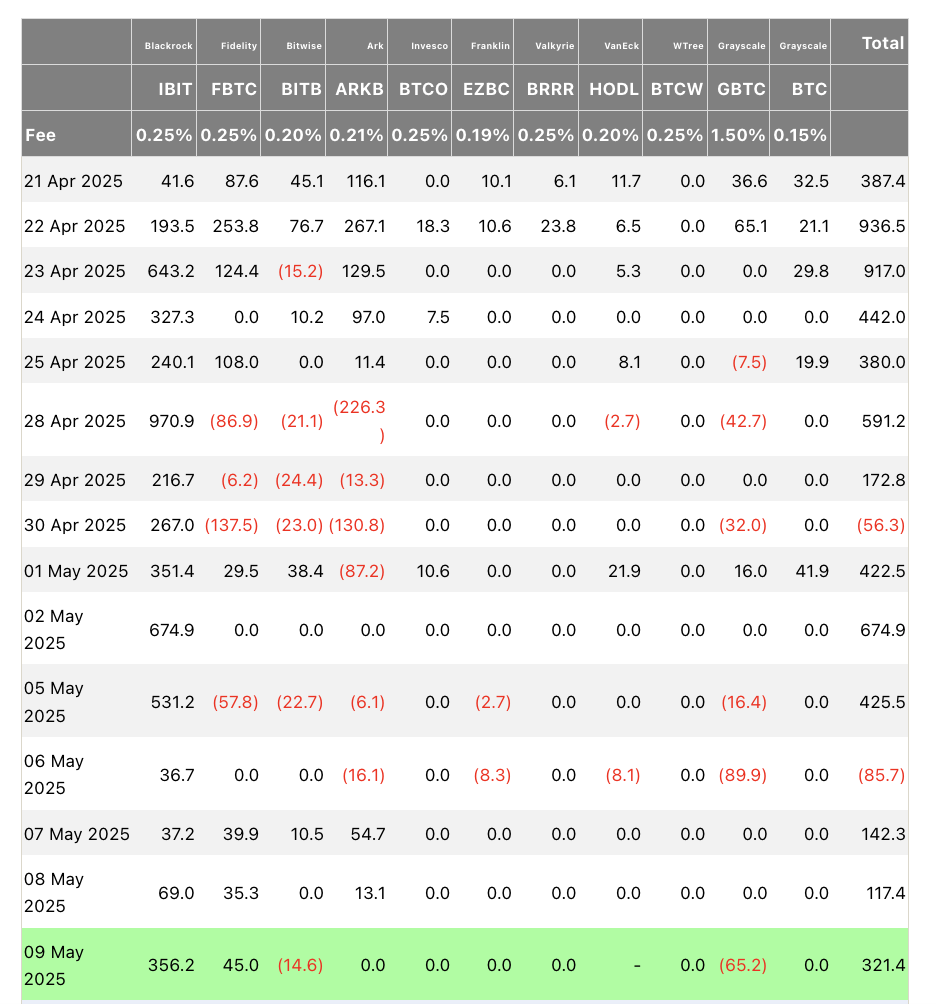Why hasn't the Bit price continued to rise, or even reach $150,000? Regarding this issue, MicroStrategy founder Michael Saylor, in an interview with Natalie Brunell, pointed out that the core reason lies in the market experiencing a critical "rotation".
He explained that this means short-term holders who are "less invested" in Bit are taking profits at high points, while new funds led by institutions are steadily entering through channels like Bit spot ETFs, which is reshaping the market landscape.
Chip Rotation: Short-term Holders Exiting and Institutional Long-term Positioning
Saylor further elaborated on this "rotation" phenomenon, stating that a considerable number of Bit currently remain in the hands of non-long-term investors such as governments, lawyers, and bankruptcy trustees for specific reasons. These holders mostly lack the "decade-long investor mindset" and thus tend to view significant Bit price increases as "good exit points for liquidity".
However, simultaneously, new investor groups, such as institutions entering through Bit spot ETFs and companies incorporating Bit into corporate reserves, are actively absorbing these released Bit.
Perhaps the recent Bit breakthrough above $100,000 is a direct manifestation of this chip rotation effect. According to Farside data, over the past five trading days, Bit spot ETFs have seen a net inflow of $920 million, with BlackRock's IBIT playing a primary role.
This rotation clearly demonstrates that institutional investors' long-term layout is gradually replacing early whales', miners', and retail traders' short-term behaviors, helping to reduce market volatility and support Bit prices.

Government Stance Shift and Bit Institutionalization Wave
Notably, Michael Saylor expressed "surprise" at the US government's positive attitude towards Bit in the short months since President Trump's inauguration on January 20th this year. Related evidence includes signing executive orders and establishing strategic Bit reserves for holding seized assets.
This shift indirectly confirms the significant increase in acceptance of Bit at government and institutional levels. According to Saylor Tracker data, before this article's publication, MicroStrategy itself held 555,450 Bit, currently valued at approximately $57.78 billion, with an overall position cost significantly lower than the average buy-in price of $68,569, realizing over 50% unrealized gains, which also provides a powerful footnote to Saylor's optimistic stance.
Looking forward, although short-term volatility is unavoidable, the Bit institutionalization trend is leading it into a new stage. CryptoQuant's founder, after acknowledging a misjudgment, also pointed out that it's time to abandon traditional cycle theories, and the key currently affecting Bit trends is no longer whale selling pressure, but new liquidity from institutions and ETFs. Under such structural changes, Bit's long-term value and potential are more worthy of investors' renewed consideration and attention.





